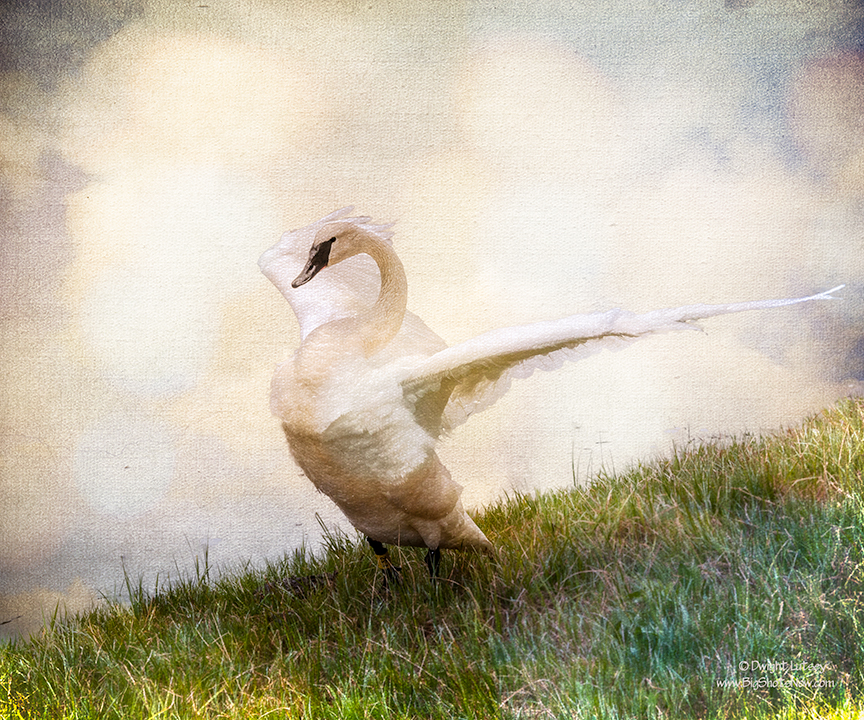
There are portions of the Firehole river that race down from its confluence with the Madison and Gibbon rivers to tumble over the Firehole falls and through the Firehole canyon. At this point it’s a boisterous, tumultuous river, roaring with exuberance as it crashes over rocks, slams around high walled bends in the canyon, and sends its white frothed waters dancing into the air. Finally it makes its way through the Firehole Cascades and begins to widen and slow down and rest for awhile.
As it enters the Fountain Flats area very near the Mount Mary/Nez Perce trail it becomes an entirely different river. It’s wider, slower, often attaining a mirror like surface reflecting the pines that line its banks, with nothing to break its surface but the occasional trout rising to take a Stonefly or White Miller Caddis. Osprey take advantage of its crystal clarity to swoop down and grab its daily meal sending widening ripples outward until gradually the river returns to its quiet flow.
It is here that a pair of Trumpeter swans took residence one late spring choosing this quiet stretch of river to mate and feed and make it their home, at least for the summer. They slowly cruised up and down the still waters, gently feeding along the banks and seining the river bottom with their large webbed feet to bring the insects and other choice bits to the surface.One warm summer day the breezes that blew up and down the river causing ripples and swirls and little wavelets to spread across the river’s surface, disturbing its normal mirror like surface, found one of the swans standing on the bank. It wasn’t a strong breeze but it was enough to stir something in the swan. A memory of past flights perhaps, or a reminder of changes to come, it called to the swan and it spread its wings and raised itself high to catch every delicious bit of the breeze ruffling its feathers. Most likely reminding it of the journey it and its mate would soon be taking as the summer wind changed to fall. The call to them to begin that journey to their winter home too strong to ignore. That will come later, for now it can bask in the sun and take delight in the wonder and warmth of the summer wind.

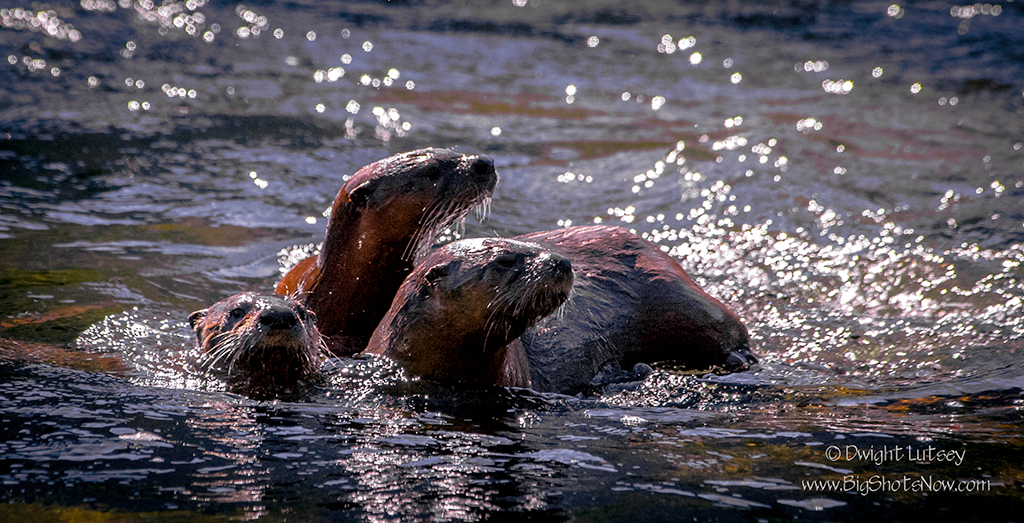
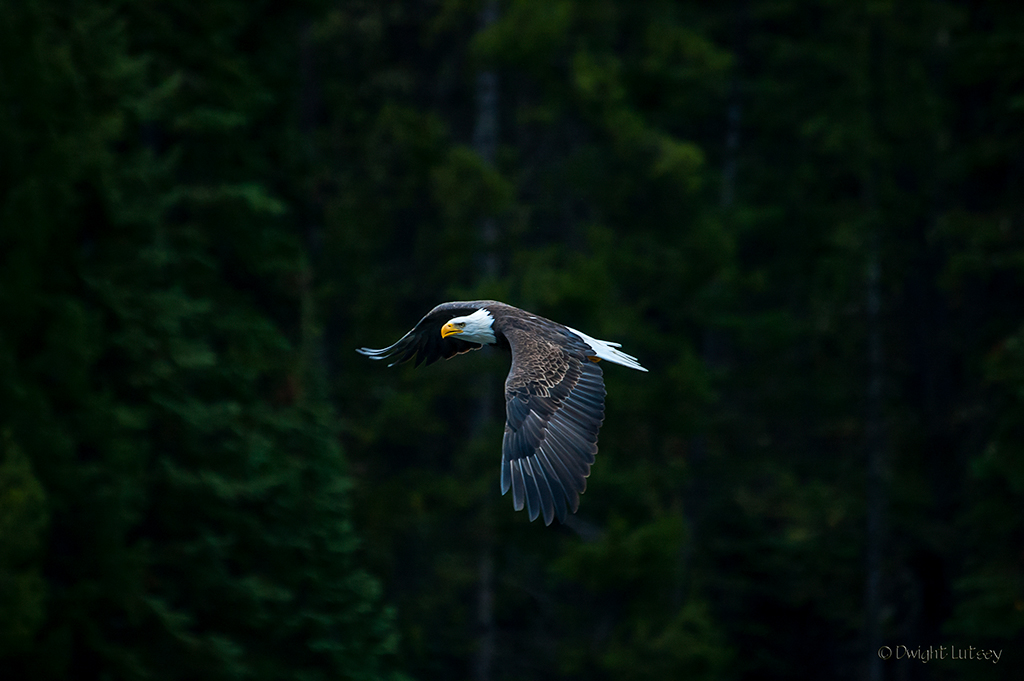
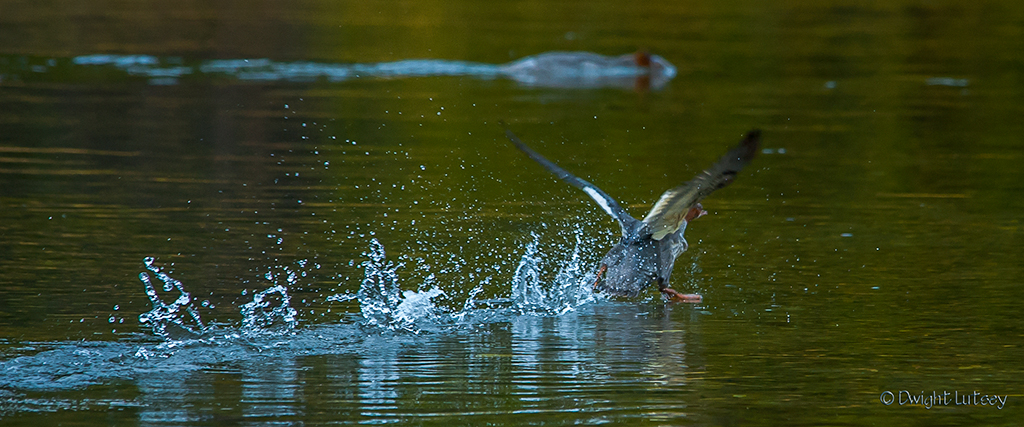
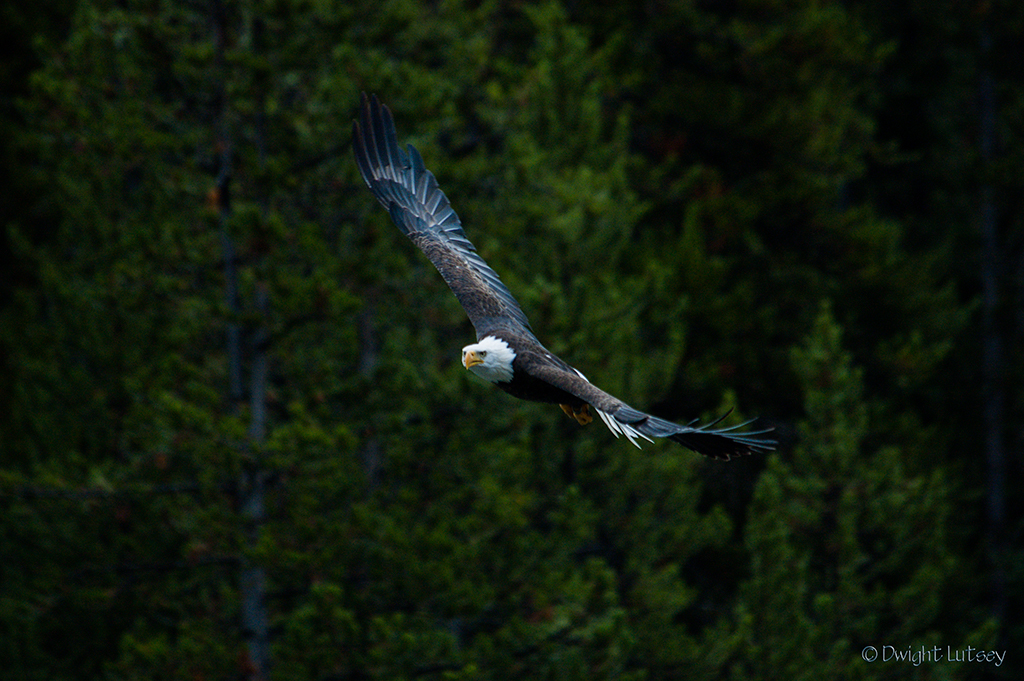
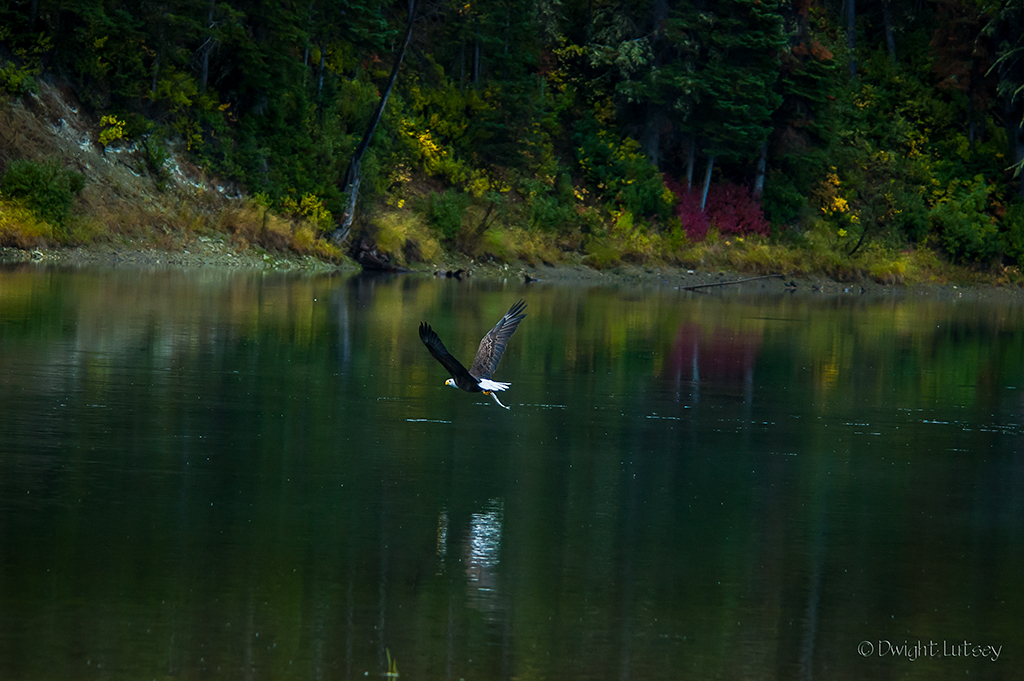
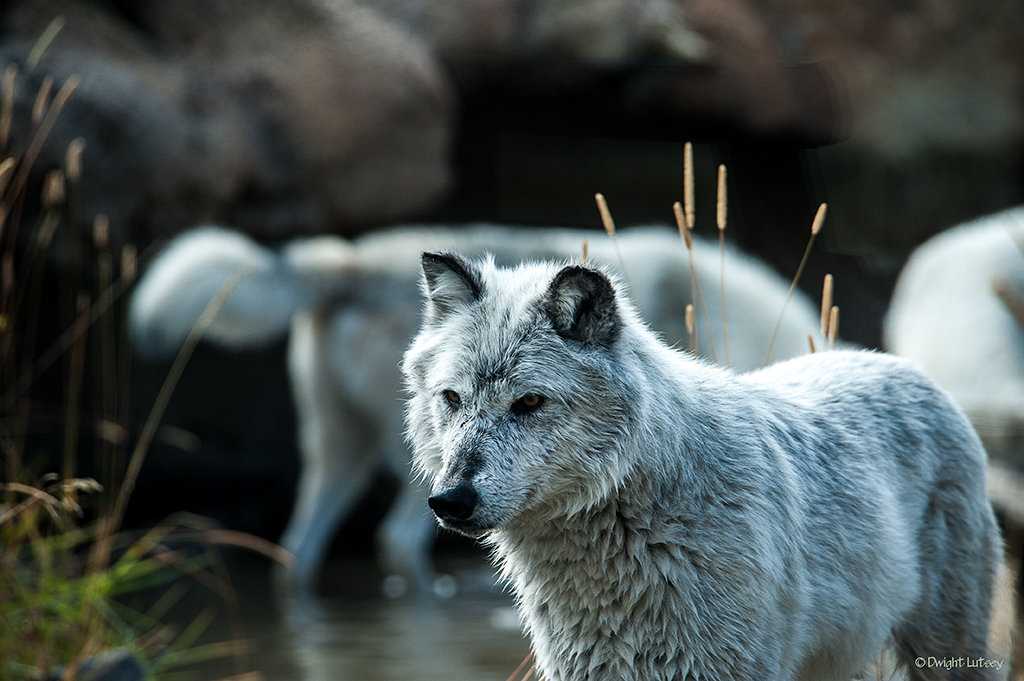
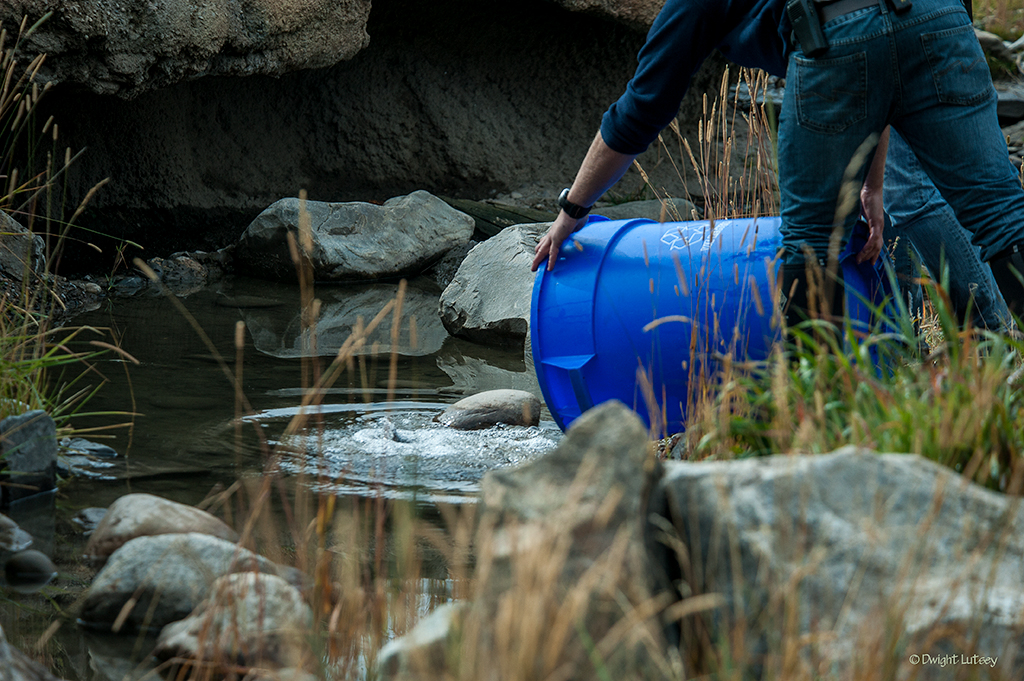
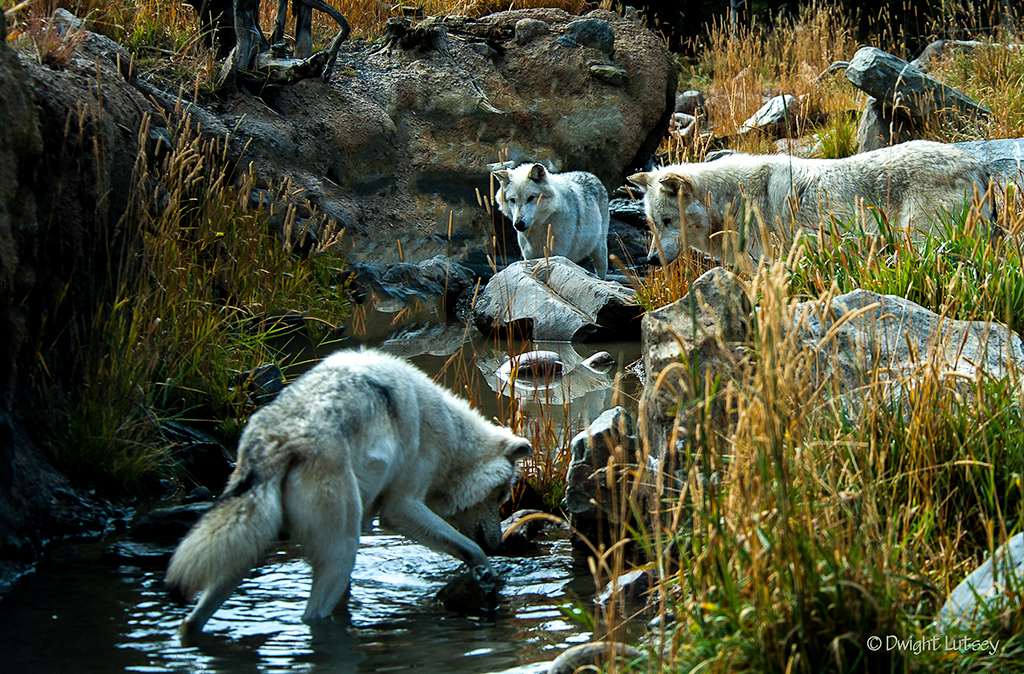
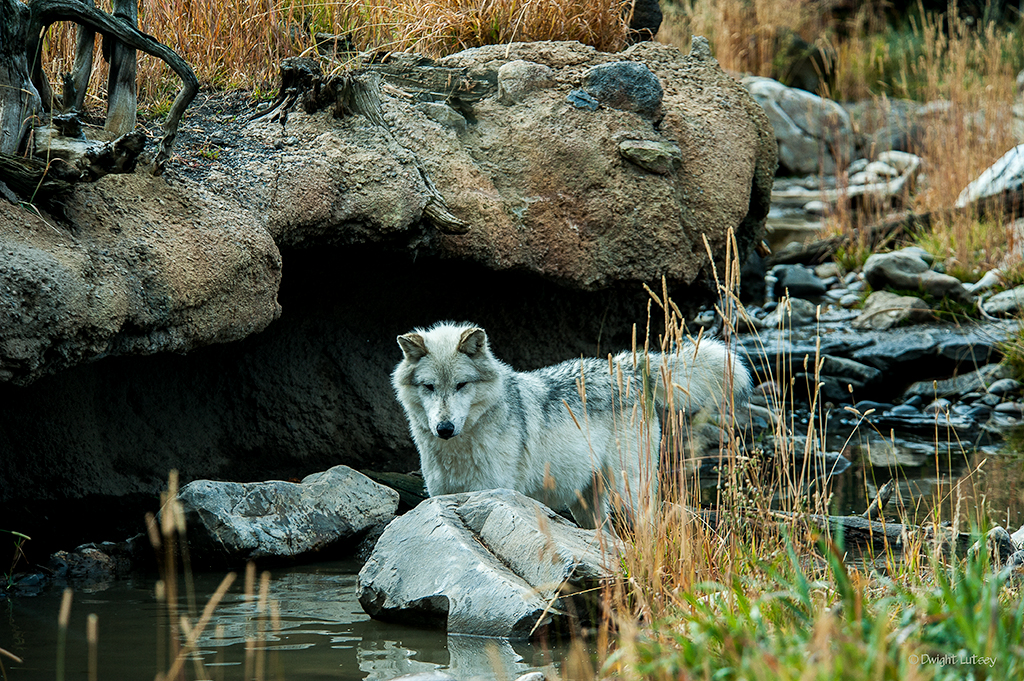
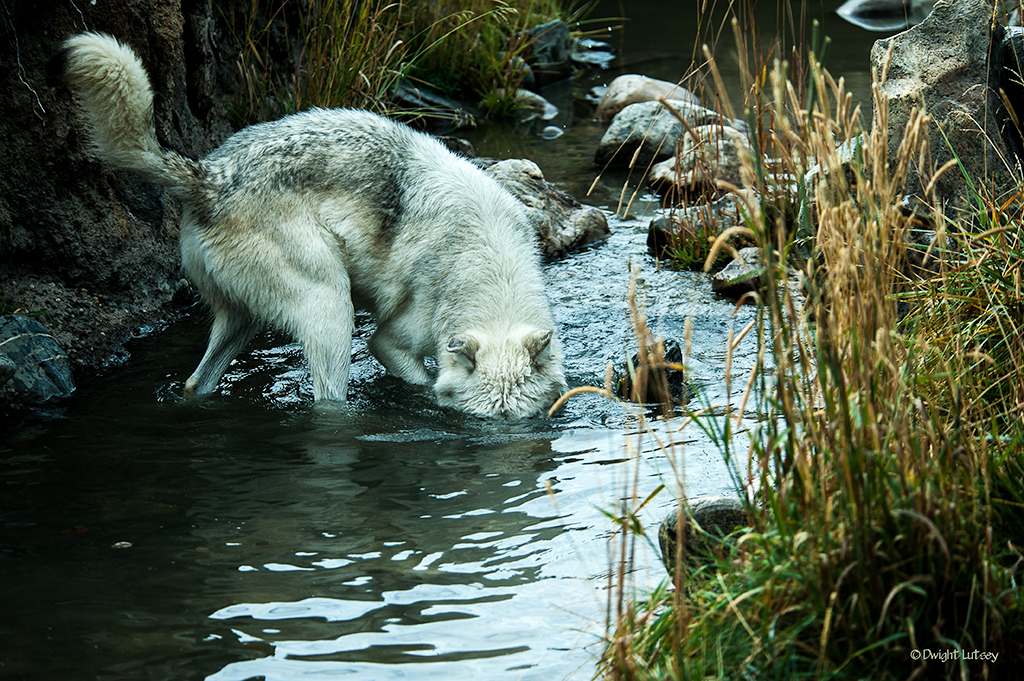
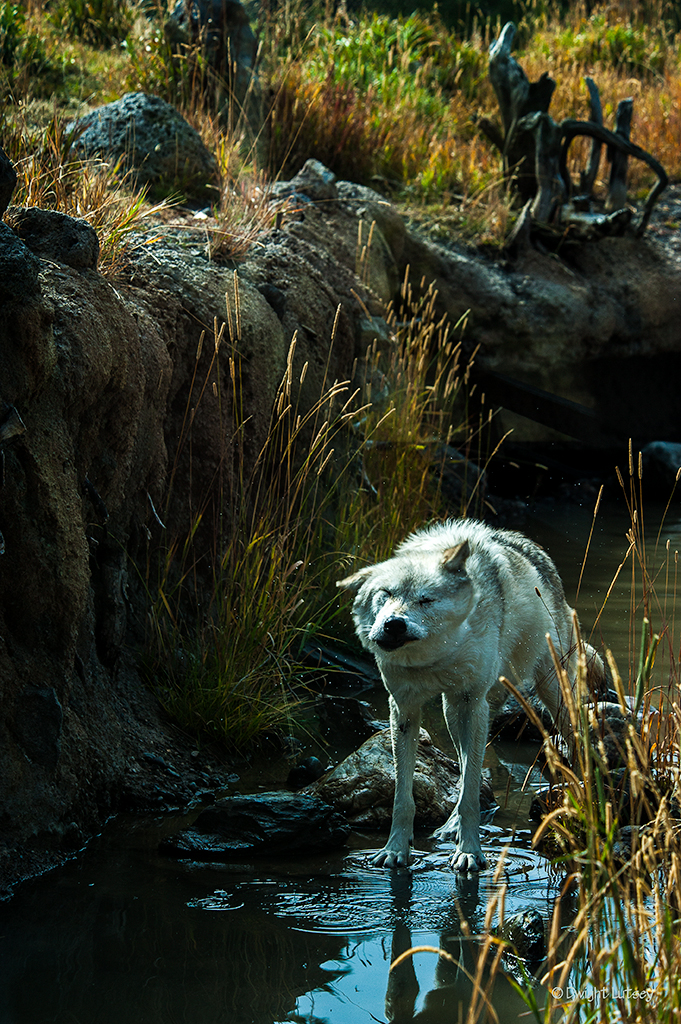
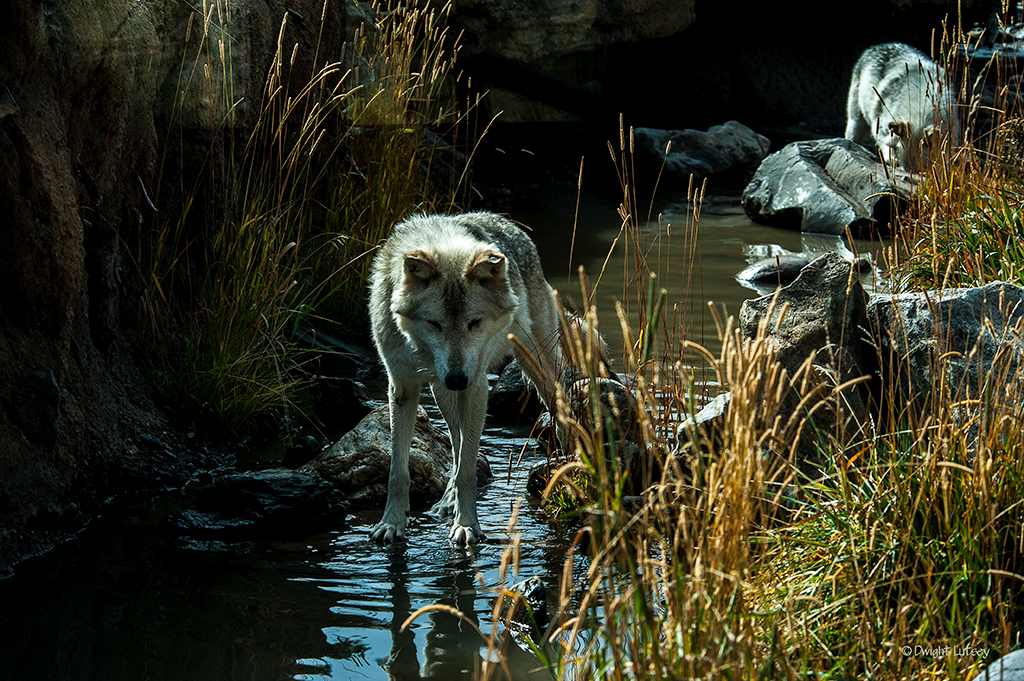
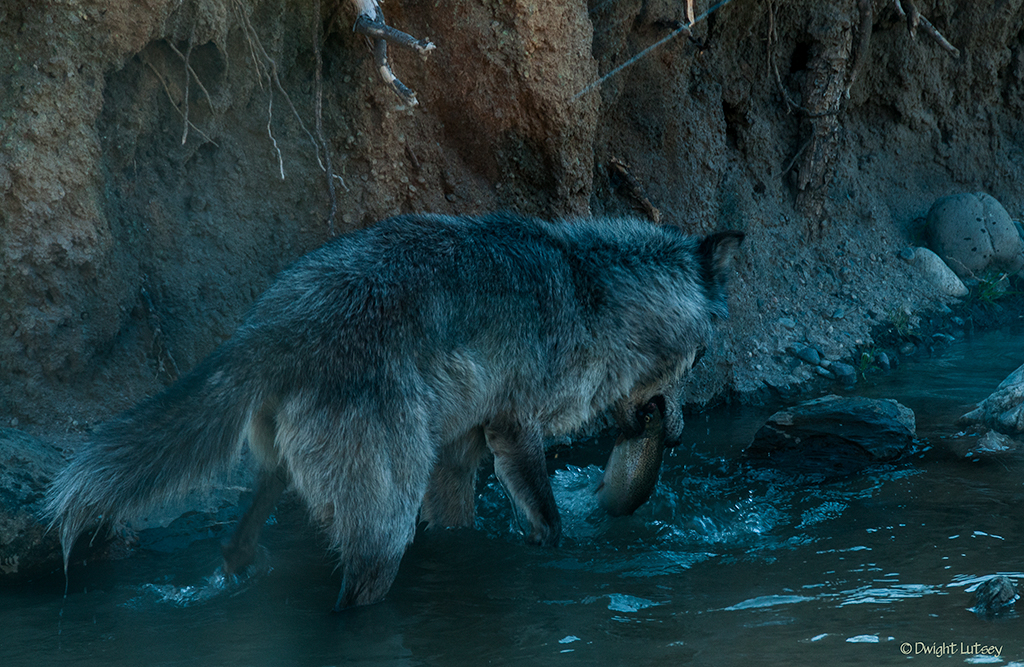
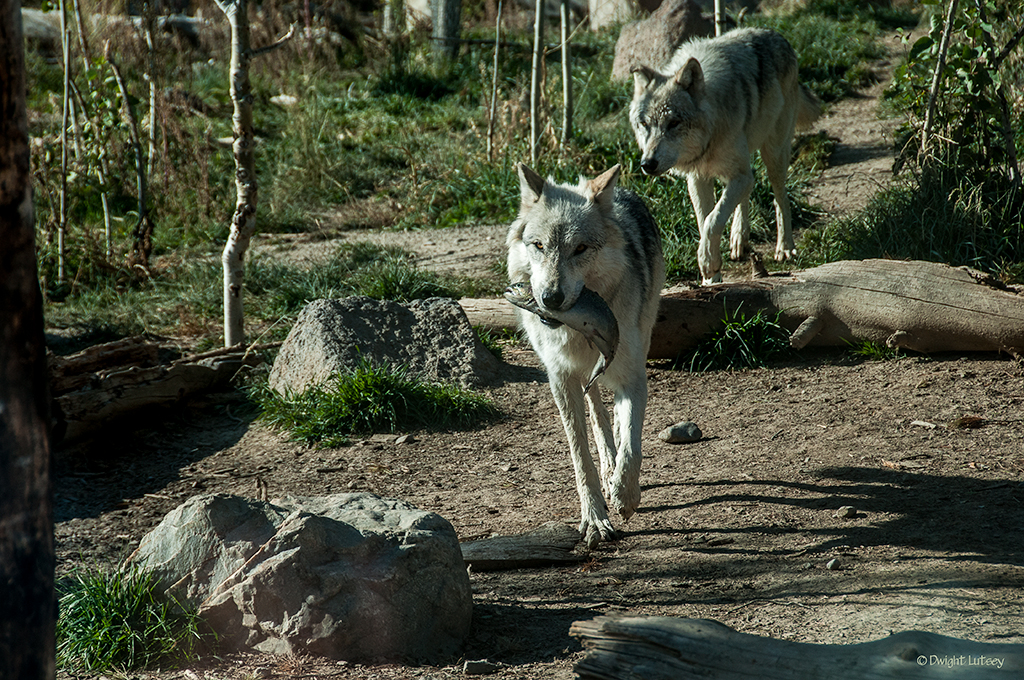
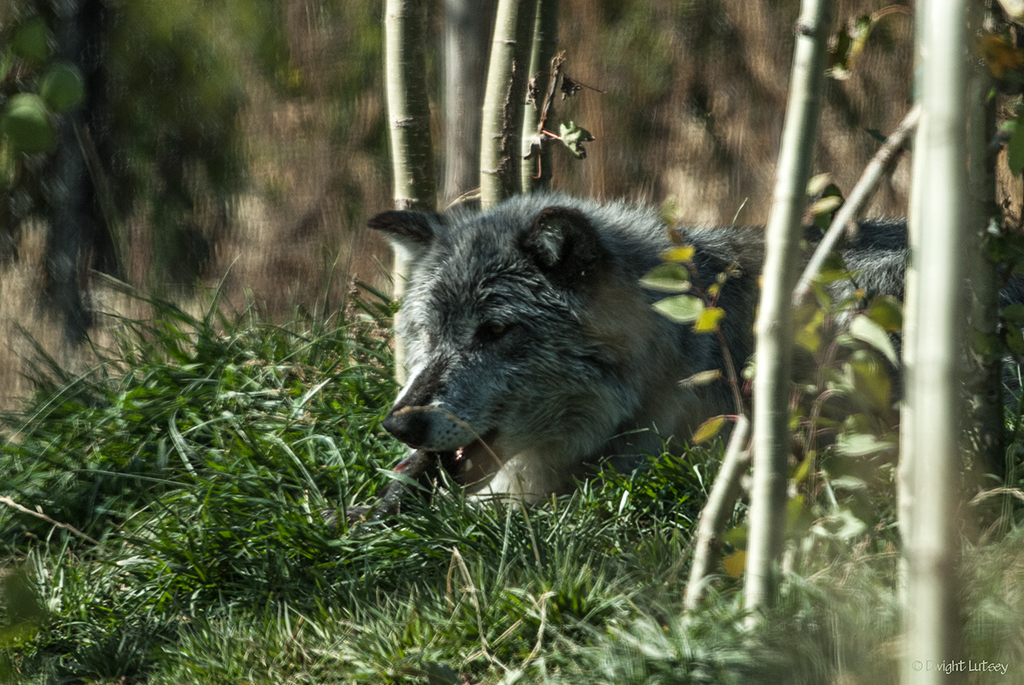
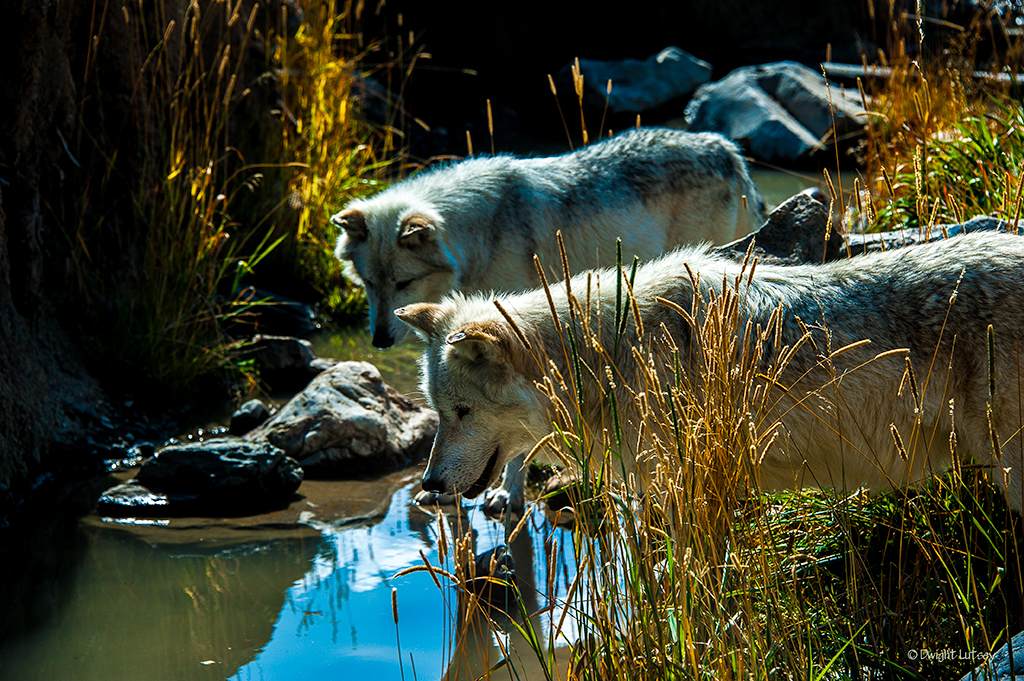
You must be logged in to post a comment.